Communication is the key to the success of customer relationship management, and it lays the foundation for customer satisfaction and business growth.
Today, we have a wide range of CRM communication channels that organizations effectively utilize for communicating with their customers to offer their products and services.
The communication channels for CRM have evolved over time, along with the evolution of communication technology. Organizations have been quick to adapt new communication channels while continuing to utilize old ones to reach out to their prospective customers.
Communication Options
Different customer communication channels/modes are summarized in the table below.
| No. | Customer Communication Channel/Mode | Description of the Communication Channel/Mode | Preference – Sample Situations |
|---|---|---|---|
| 1 | Meeting individual customers in person | Meeting individual customers and having face-to-face meetings with them | For meeting customers and explaining offers, demonstrating products, and offering service support |
| 2 | Events/roadshows | Meeting specific groups of customers through events/road shows and having face-to-face meetings with them | For meeting customer groups (e.g., specific industry verticals) and explaining offers, demonstrating products to them |
| 3 | Postal correspondence | Sending correspondence (paper copy) through post (to individual/group of customers) | For sending printed copies of letters/offers, brochures/contracts, etc., on products/services |
| 4 | Phone calls | Speaking to customers over the phone to explain offers, offer service support | For communicating on products/services that need an explanation/dialogue (e.g., explaining housing loans, resolving customer problems) |
| 5 | Fax | Sending correspondence (paper copy) through Facsimile (to individual/group of customers) | For sending printed copies of letters/offers, brochures/contracts, etc., on products/services |
| 6 | Sending correspondence through email (to individual/group of customers) | For sending soft copies of letters/offers brochures/contracts, etc., on product/services | |
| 7 | Short Message Service (SMS) | Sending SMS updates to mobile phones (to individual/group of customers) | For sending brief text messages on current offers/events/status updates |
| 8 | Multimedia Message Service (MMS) | Sending MMS updates to mobile phones (to individual or group of customers) | For sending picture-based messages on current offers/events |
| 9 | Video conferencing (VC) | Discussions with a group of customers (located in remote locations or in distributed locations) through VC | For discussing with a group of stakeholders, demonstrating products, making presentations |
| 10 | Chat | Having an online chat with customers on products/services | For interacting with the customers online and answering their queries related to products/services |
| 11 | Blogs | Posting information on products/services on a blog and communicating further with customers | For posting information on products/services on a blog, customers start sharing their opinions/experiences and post their queries, which are answered by the organization/other customers |
| 12 | Social networks | Customer communication/product launch through social networks (like Facebook, Twitter) | For offering products/services to a larger audience and to enable customers to share their views/experiences with their friends and followers on the social network |
Multichannel Communication
Organizations select and use a combination of customer communication channels/modes based on some of the factors listed below:
- Nature of the products/services being offered (e.g., consumer goods, IT products, banking services)
- Target customer segments addressed (e.g., individuals, corporate)
- Geographic locations covered (e.g., urban areas, rural areas)
- Nature of the interaction and criticalness of the situation (e.g., negotiation meeting, field sales/service)
- Communication policy /budget factors (e.g., low travel budget, emphasis on face-to-face meetings)
- Multichannel communication is preferred by organizations to address their customer needs and requirements.
Social Networks and Customer Communication
Technology advancements have progressively transformed customer communication from in-person meetings/events to phone calls, emails, SMS/MMS, video conferencing, blogs, and, recently, social networks.
Today, social networks are really changing the face of customer communication as they reach a larger audience through wide networks of friends and followers. A good brand/product/service, when offered through social networks, receives positive feedback; on the other hand, if it is not good, it receives severe criticism.
Both positive and negative feedback spread quickly through social networks to a larger prospective customer base, which can influence purchase decisions either in favor of or against an organization.
Due to the collaborative interaction of organizations with their customers and partners, social networks can effectively be used for marketing (wider reach), sales (reduced cycle time), and service support (quick resolution).
Face to Face
Marketing, sales, and service people should make the best possible use of all communication channels/modes.
Yet in spite of the availability of all these communication channels, meeting customers in person — showing them the product, explaining the features/services, answering their queries, resolving their problems and finally seeing the smile on their faces — is still the most-preferred communication mode.

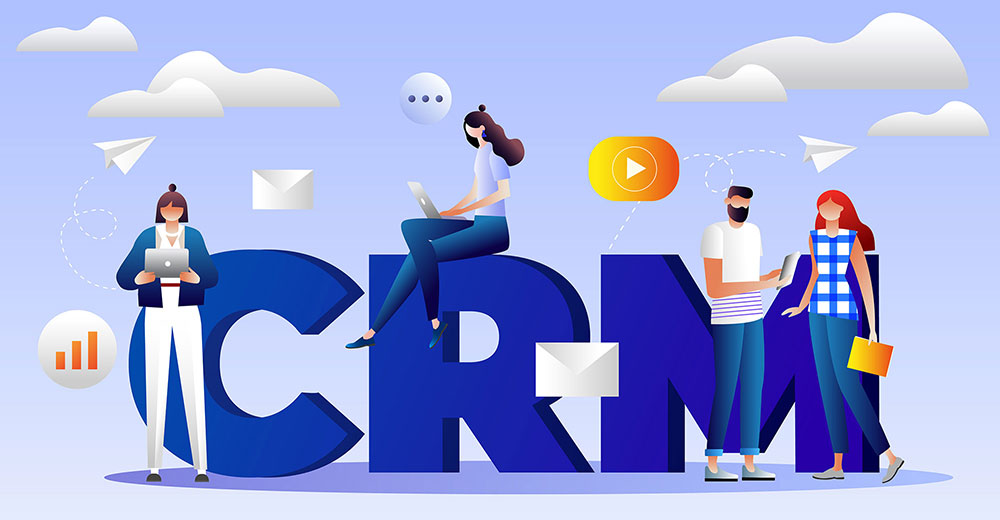



















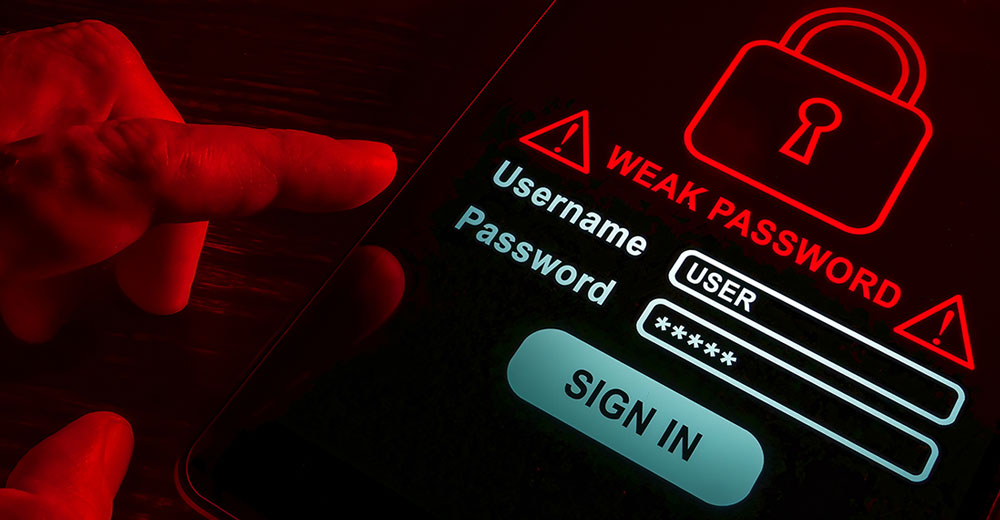

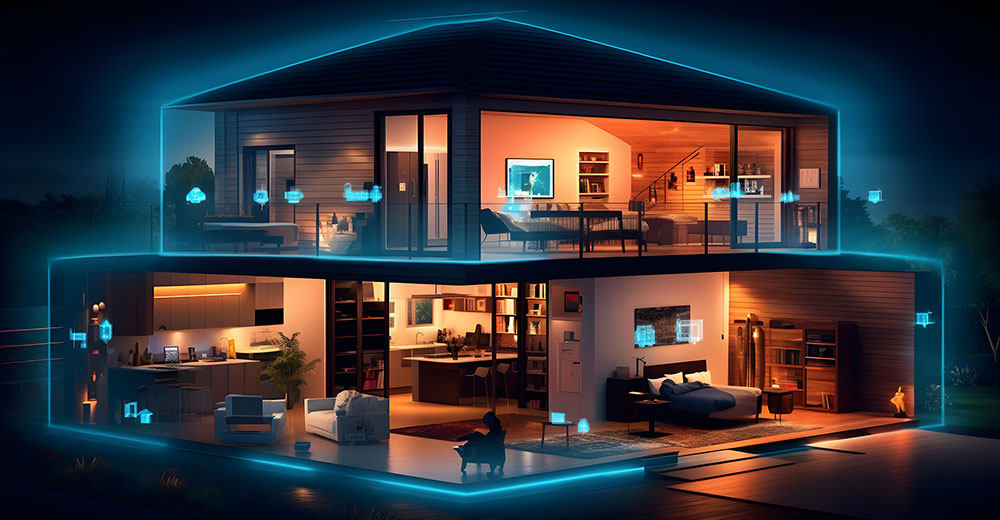








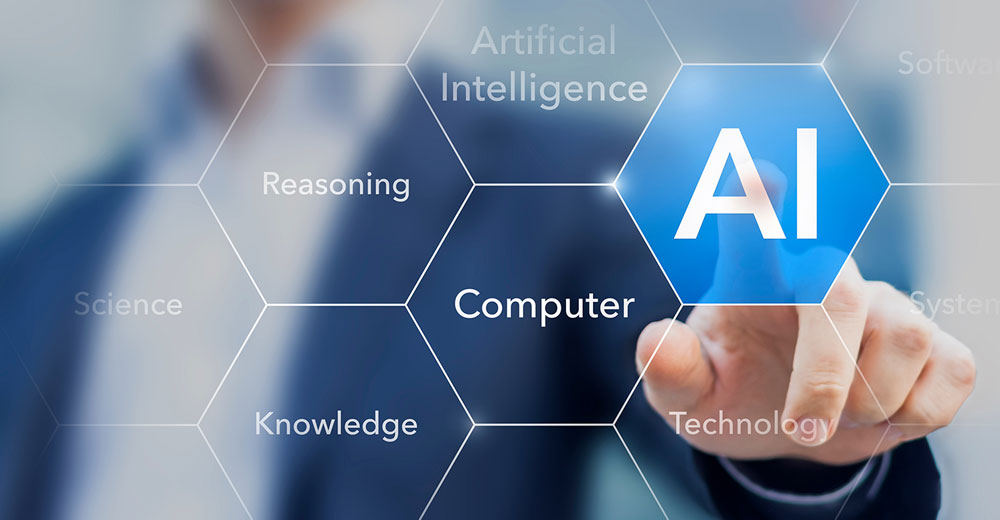


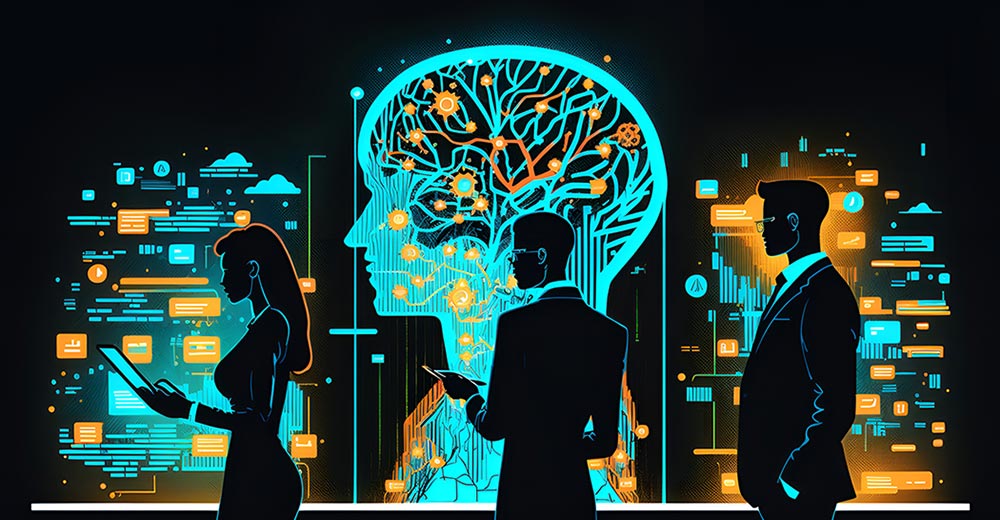



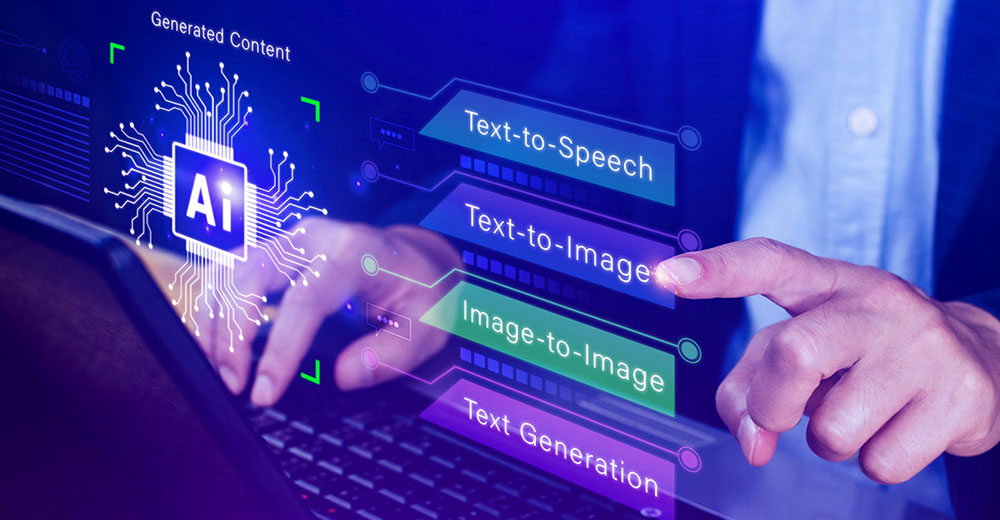


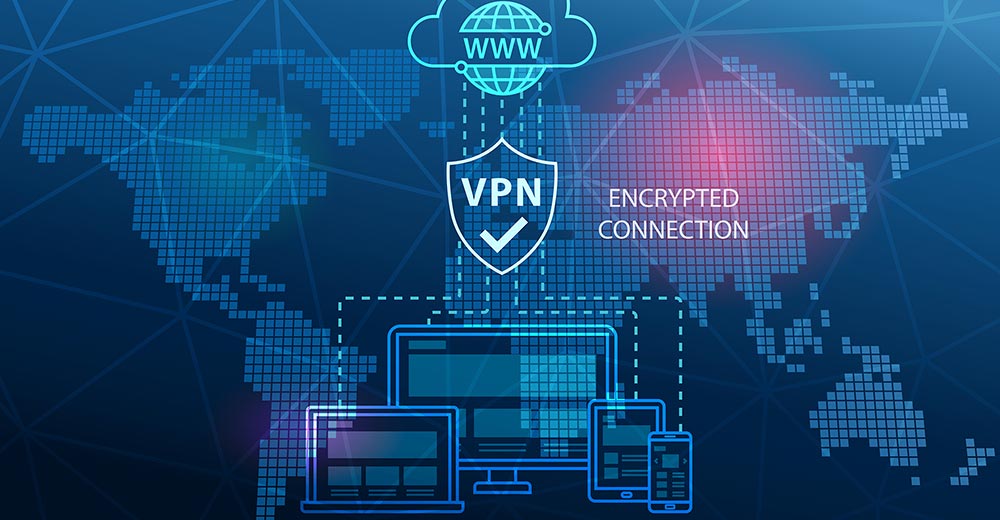

Social CRM
See all Social CRM